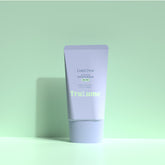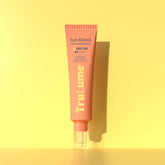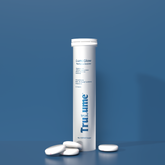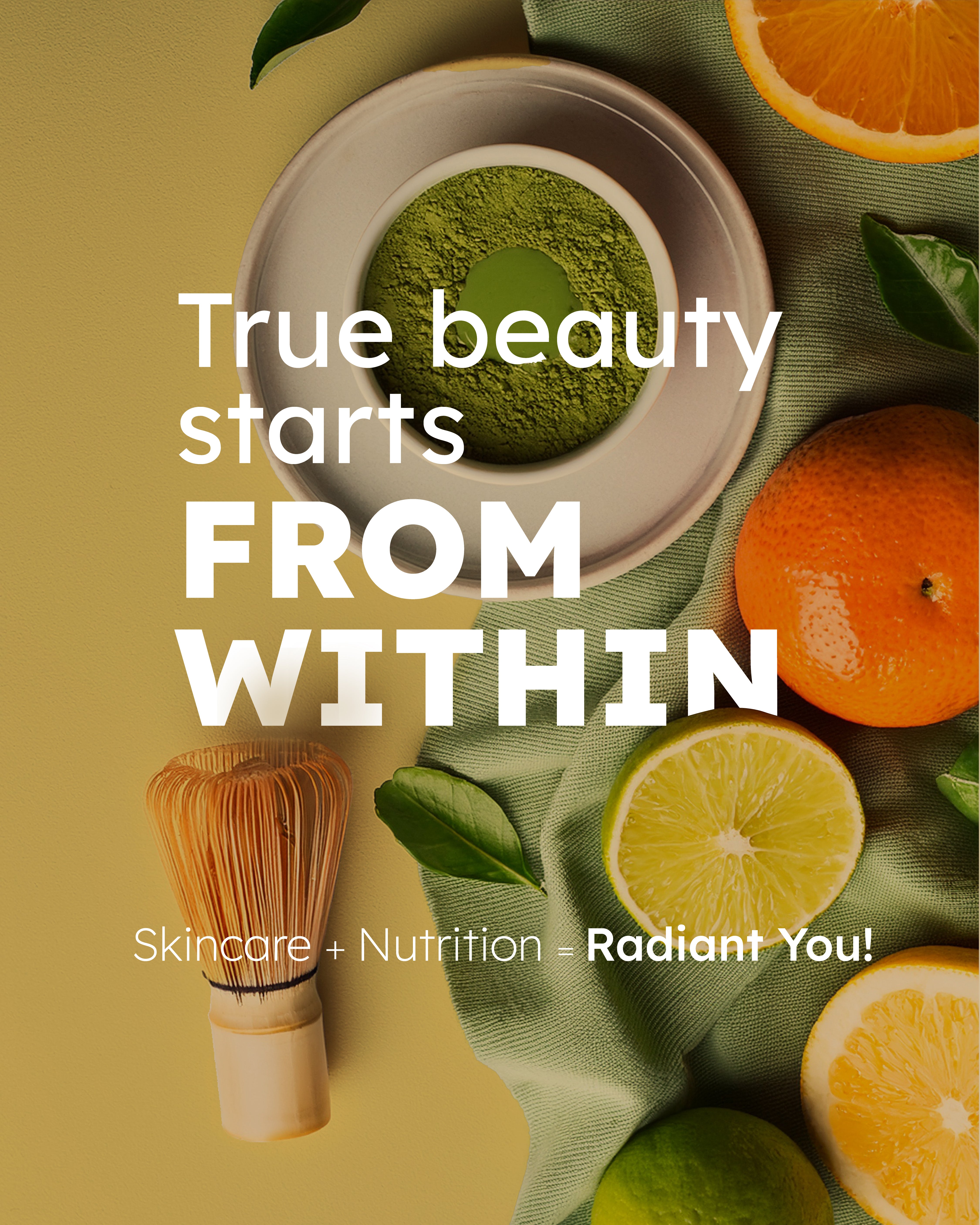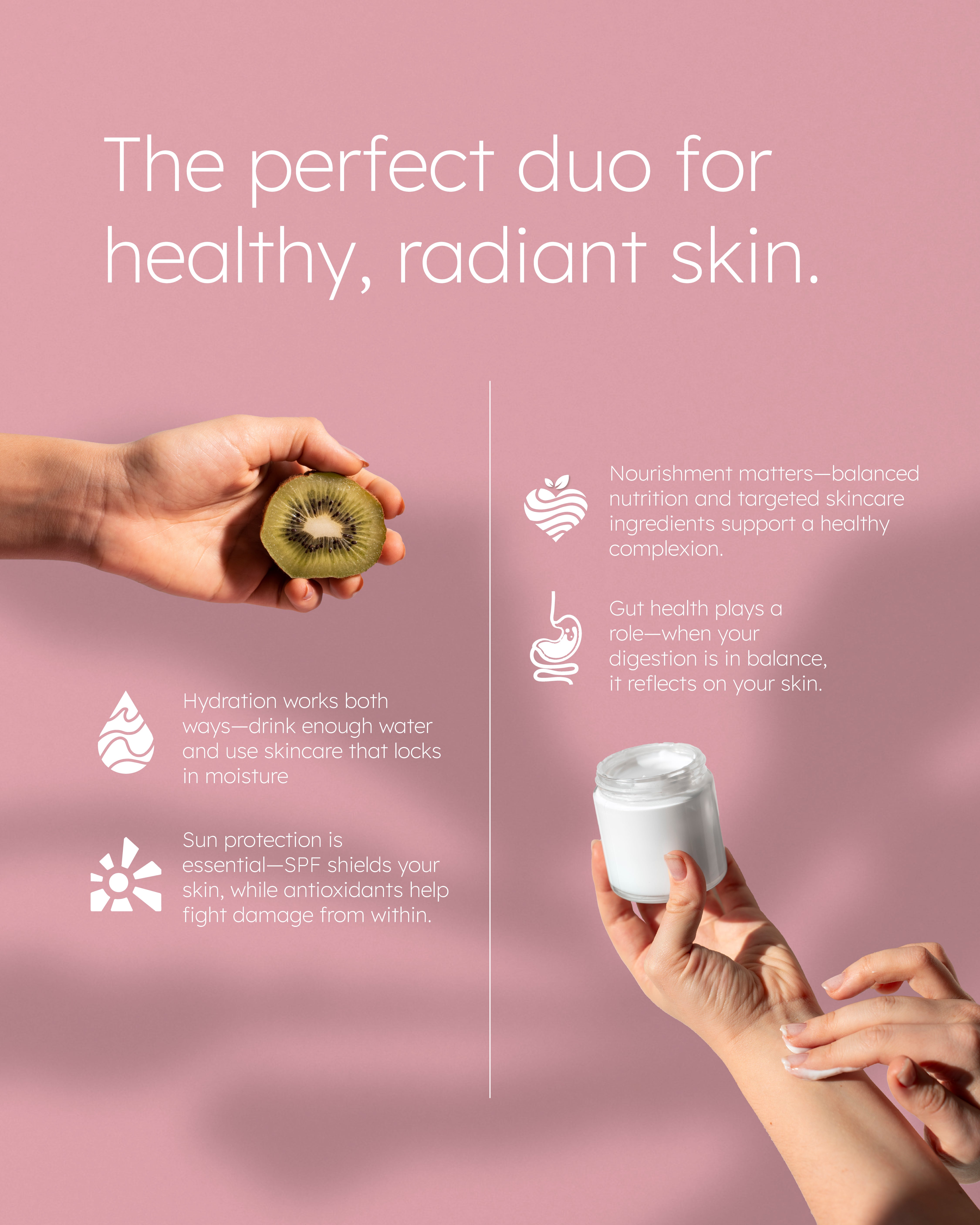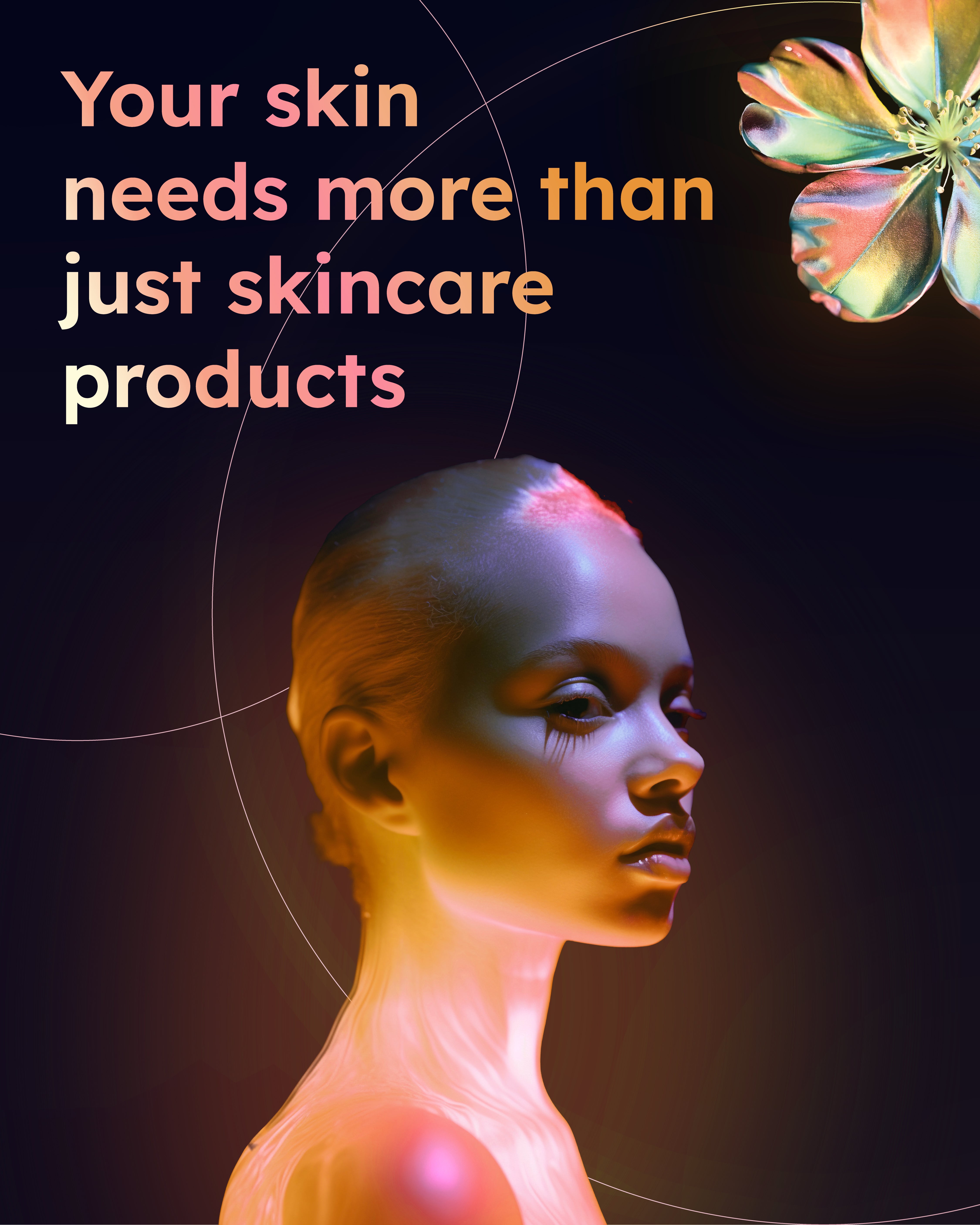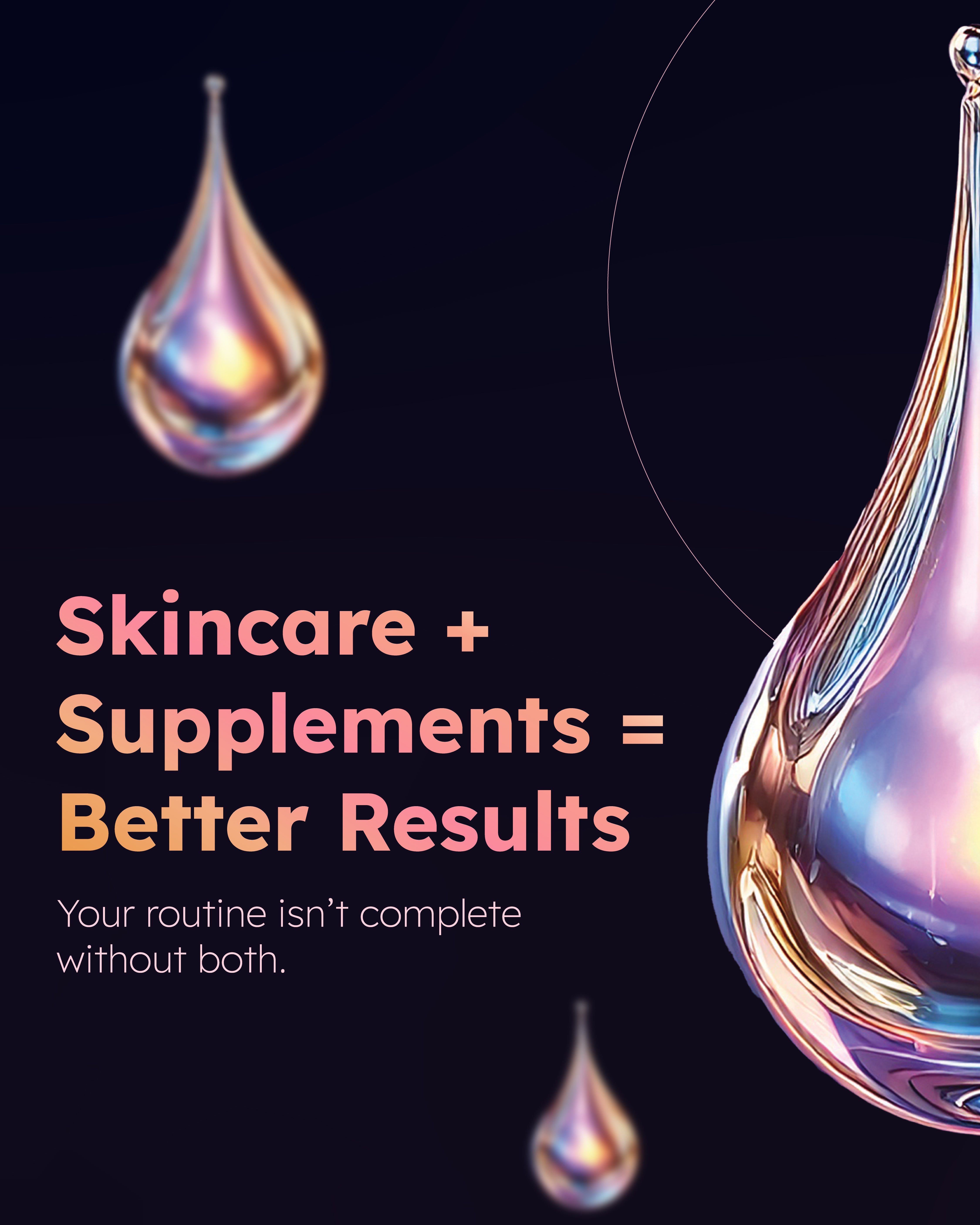Hyperpigmented Skin & Dark Spots? How To Manage It?
Do you also dream of having even tone, smooth skin, but whenever you look in the mirror, dark spots and hyperpigmentation give you a reality check? You are not alone. Nearly half of the population worldwide experiences dark spots and hyperpigmentation-related issues. And they also commit that this issue affects their self-esteem and confidence levels.
The good news is that one can manage skin tone and dark spots with a few changes in their lifestyle and daily routine. In this article, let's understand more about hyperpigmentation and dark spots and how to manage this issue effectively.
What do we mean by Hyperpigmentation?
Melanin is the one that causes dark colour in hyperpigmented skin tone. Melanin is a colour pigment that gives colour to skin, hair, and eyes. It is usually present in skin, hair, and eyes and is produced by melanocytes. Based on genetics, climatic conditions, melanin production, and its effect on skin tone and pigmentation vary. Hyperpigmentation can affect all types of skin, but it is primarily seen affecting medium to darker skin tones.
There are majorly 3 types of hyperpigmentation. Let's understand them.
- Sunspots (Solar Lentigines): These are dark spots or patches seen on hands, face, and legs due to prolonged sun exposure.
- Melasma: This type of hyperpigmentation is seen in females due to hormonal changes. During pregnancy, it is usually seen. These are usually brown patches, large in size, and can be seen anywhere in the body.
- Post-Inflammatory Hyperpigmentation (PIH): This type of pigmentation is seen post-injury or skin inflammation.
What Causes Hyperpigmentation and Dark Spots?
Understanding contributing factors for skin pigmentation can help you go a long way. Simply avoiding such situations can help in managing dark spots and hyperpigmentation.
- Sun Exposure: UV Rays trigger melanin production and lead to dark skin patches. Prolonged sun exposure increases the chances of having hyperpigmentation and dark spots.
- Hormonal Changes: Hormonal changes trigger hyperpigmentation. Hormones like testosterone, oestrogen, and progesterone trigger this type of change.
- Skin Injuries: Acne, burns, or eczema might trigger skin injuries.
- Medications: Certain drugs and medications can trigger dark spots and hyperpigmentation.
- Underlying Health Conditions: Certain diseases or health conditions, such as hypothyroidism, insulin resistance, etc, can trigger dark patches and hyperpigmentation.
How to Treat Hyperpigmented Skin and Dark Spots?
- Topical Treatments: Antioxidants help in reducing skin pigmentation. The application of vitamin C, B3, hydroquinone, and kojic acid helps control melanin production.
- Chemical Peels: Chemical peels using glycolic acid, salicylic acid, or lactic acid will be helpful. They help improve skin texture and tone.
- Laser Treatments: Laser treatments are also popular when it comes to reducing dark patches and hyperpigmentation.
- Natural Remedies: Using aloe vera gel, licorice extract, curcumin, etc, helps in reducing the melanin effect naturally.
Let us look at a few tips to Control dark spots and hyperpigmentation:
- Use the right sunscreen lotion. Aim for Sunscreen with SPF more than at least 30. Use it multiple times if there are extended hours of exposure. Our Sunkissed hybrid sunscreen has an SPF of 50 and helps combat against both UVA and UVB rays.
- Be consistent in your skincare routine and compare visible changes, too. Be consistent for 8-10 weeks to see the visible change.
- Avoid skin injuries wherever it is possible. Inflammation and hormonal changes can be maintained with a healthy lifestyle.
- Pay attention to skin hydration. Drinking 2 to 3 liters of water daily is the basic requirement to maintain healthy skin.
- Include antioxidants in your daily diet through fresh fruits, nuts, veggies, etc.
Understanding your skin tone and skin type can help you better manage your skin. Do get started with the tips above, and let us know which one is helping you the most.
